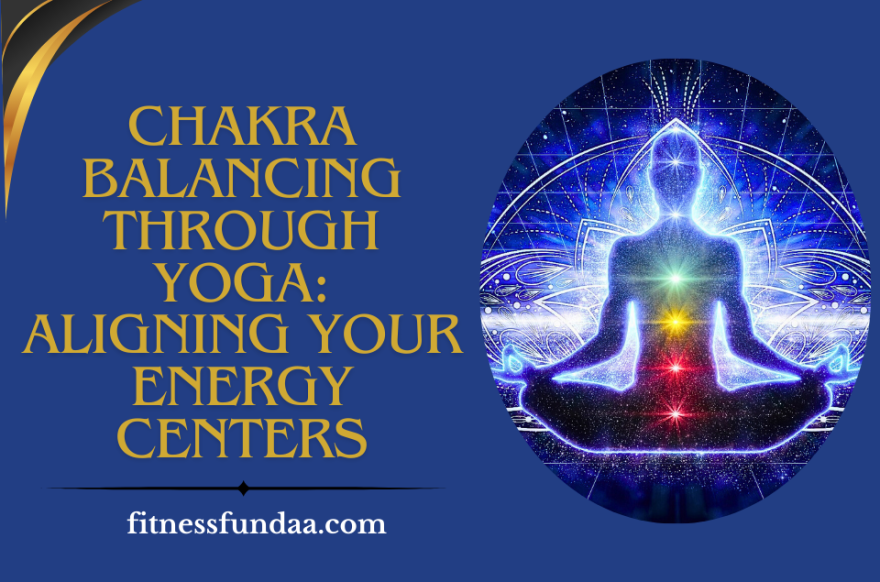Chakras, derived from the Sanskrit term denoting “wheel” or “disc,” are symbolized as significant energy focal points within the subtle body in Eastern philosophy and spiritual traditions like Hinduism and certain branches of Buddhism. The seven basic centers, spanning from the Root positioned at the spine’s base to the Crown atop the head, each hold unique associations with physical, emotional, and spiritual dimensions.
A key tenet of Eastern wisdom is the significance of maintaining a seamless energy flow through these chakras for overall wellness. Disruptions or imbalances in energy may manifest as physical or emotional issues. These energy centers, often symbolized as lotus flowers with specific petal counts and corresponding colors, are integral to practices such as yoga and meditation.
These practices are designed to awaken and harmonize the chakras, facilitating alignment and unrestricted energy circulation. This approach contributes to a holistic state of health and heightened spiritual consciousness. It can be concluded that the comprehension of chakras in Eastern philosophy underscores the intricate interplay between energy, consciousness, and overall well-being, providing a framework for achieving equilibrium and unity. In this article we’ll delve into the process of chakra balancing through yoga.
The seven main chakras, running along the spine in Eastern philosophy, are distinct energy centers impacting overall well-being. Starting with the Root Chakra at the base, it focuses on grounding and security, symbolized by vibrant red. Moving up, the Sacral Chakra in the lower abdomen governs creativity with warm orange tones.
The Solar Plexus Chakra in the upper abdomen influences personal power, represented by bright yellow. The Heart Chakra at the chest embodies love with calming green shades. The Throat Chakra, tied to communication, is depicted by serene blue. The Third Eye Chakra, between the eyebrows, connects to intuition with deep indigo colors. At the pinnacle is the Crown Chakra, symbolizing spirituality in pure violet or white hues. Together, they form a holistic system addressing physical, emotional, and spiritual aspects.
Yoga and Chakra Alignment:
An exploration of how yoga postures and techniques can facilitate the alignment and equilibrium of each chakra involves delving into the intricate interplay of movement, breath, and the body’s energy vortexes. Each chakra possesses its own unique characteristics, and yoga, like a carefully crafted symphony, offers targeted compositions to awaken and harmonize these energetic focal points. In this symphony of movement and mindfulness, we find:
Root Chakra:
Yoga Poses:
Tadasana (Mountain Pose): This foundational pose involves standing tall, grounding your feet, and reaching towards the sky. It fosters a connection with the Earth, promoting stability and a sense of rootedness.
Virabhadrasana (Warrior Pose): Warrior poses emphasize strength and grounding. As you hold these stances, you engage with the Earth’s energy, enhancing stability.
Practices:
Deliberate Breathwork: Infusing intentional breathwork into these poses involves deep inhalations and exhalations, directing attention to the base of the spine. This mindful breathing enhances stability and a reassuring sense of rootedness.
Sacral Chakra:
Yoga Poses:
Malasana (Garland Pose): This pose opens the hips, stimulating the sacral region and encouraging fluidity.
Dynamic Movements: Flowing sequences and dynamic movements, resembling dance, activate the lower abdomen, awakening the sacral chakra.
Practices:
Expressive Sequences: By incorporating dance-like movements, practitioners can express the body’s energy, promoting balance and vitality within the sacral chakra.
Solar Plexus Chakra (Manipura):
Yoga Poses:
Navasana (Boat Pose): This pose ignites the core, emphasizing personal power and confidence.
Parivrtta Trikonasana (Revolved Triangle Pose): Twisting poses unlock the secrets within, rekindling the fire within the solar plexus.
Practices:
Breath of Fire: Integrating the brisk Breath of Fire technique during yoga poses revitalizes and harmonizes the solar plexus chakra, infusing it with energy.
Heart Chakra :
Yoga Poses:
Ustrasana (Camel Pose): Heart-opening poses like Camel Pose expand the chest, fostering love and emotional equilibrium.
Bhujangasana (Cobra Pose):* Backbends like Cobra Pose allow the chest to breathe freely, enhancing the connection to the heart center.
Practices:
Loving-Kindness Meditation: In the quietude of meditation, practitioners can weave threads of loving-kindness, letting rhythmic breathing fortify the heart chakra.
Throat Chakra:
Yoga Poses:
Setu Bandhasana (Bridge Pose): Elongated throat poses like Bridge Pose evoke resonance in the Vishuddha region.
Sarvangasana (Shoulder Stand): Inversions like Shoulder Stand enhance grace, nurturing the throat chakra.
Practices:
Chanting and Vocalization: Throat chakra balance can be achieved by merging the power of sound through chanting and vocalization during poses, fostering mindful communication.
Third Eye Chakra (Ajna):
Yoga Poses:
Garudasana (Eagle Pose): This pose brings equilibrium, while inversions like Sirsasana (Headstand) stimulate the third eye.
Practices:
Meditation: In the sanctuary of meditation, directing attention to the point between the eyebrows enhances intuition and mental clarity, awakening the third eye.
Crown Chakra
Yoga Poses:
Padmasana (Lotus Pose): Seated meditation poses like Lotus Pose connect with realms beyond.
Vrikshasana (Tree Pose): Tree Pose embodies a majestic presence, establishing a profound connection with higher states of consciousness.
Practices:
Mindful Meditation:In the sanctuary of meditation, visualization and breath awareness guide individuals towards the celestial equilibrium of the crown chakra.
Mindful Breathing and Meditation: Beyond stress reduction, meditation creates an internal environment conducive to chakra balance. This combined practice not only addresses physiological aspects but also provides a gateway to spiritual connectivity and elevated states of awareness. By accentuating mindful breathing and meditation, individuals embark on a transformative journey toward internal harmony, enhanced clarity, and a profound connection with the self.
In essence, chakras, integral to Eastern philosophy, represent energy centers impacting physical, emotional, and spiritual well-being. From the foundational Root to the transcendent Crown, these centers require balanced energy flow for overall health. Yoga and meditation, like a symphony, align and harmonize chakras.
Mindful breathing bridges the physical and subtle realms, while meditation delves into inner landscapes, fostering chakra-specific visualizations. This integrated practice, addressing both physiological and spiritual aspects, guides individuals on a transformative journey toward internal harmony, clarity, and profound self-connection.
Faqs Answered
How do these chakras show up in yoga and meditation?
In yoga and meditation, they’ve figured out ways to wake up these chakras. Through specific poses, breathing tricks, and even picturing things in your mind (like visualizations), they try to get these energy spots in check. It’s like a workout for your inner energy, if you will.
Each chakra has its own personality, but what’s the reason behind this?
Yes, each chakra is like a character with its own traits. The Root is all about being grounded, while the Throat is into communication. So, by doing certain poses or breathing in specific ways, you can tap into these characteristics and balance things out.
How does yoga help with balancing these chakras?
Yoga is like a tailor-made routine for each chakra. There are poses for each one, focusing on stuff like grounding for the Root or heart-opening for the Heart Chakra. It’s like a customized workout for your inner energy centers.
Why are they so into mindful breathing and meditation for chakra stuff?
Mindful breathing and meditation are like the secret sauce. They help you stay aware, reduce stress, and create this zen space inside you. Perfect for getting those chakras in harmony. It’s like giving your inner self a spa day.
How does all this info on chakras connect with practical tips for daily life?
Think of it like a manual for your internal vibes. The article not only talks about the theory but also gives you these hands-on tips, like specific yoga poses or meditation techniques, to help you keep your chakras happy and your energy flowing smoothly. It’s like a user-friendly guide to feeling your best from the inside out.

